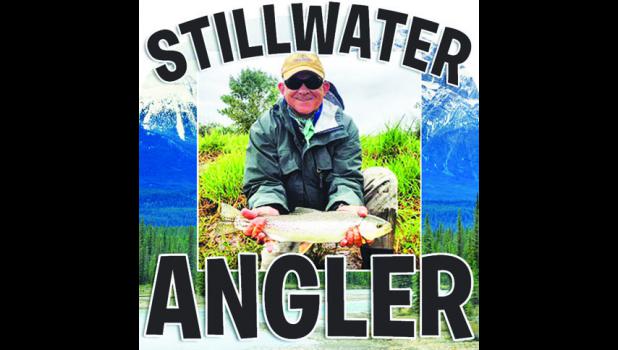Stillwater Angler Fishing Report
Despite the recent rains, the accompanying cooler weather has kept the Stillwater fishable a bit longer than I expected. After spiking a bit, the flows have dropped back down and clarity improved a bit. I have to admit that I was pleasantly surprised that the Stillwater has held out as long as she has.
Anytime we’re still fishing this far into the month of May, I consider it gravy! However, runoff is imminent, and high, off color water is just a matter of time. Back around the first of May I would have put money on her being blown out by the 15th.
On the other hand, on the Yellowstone, it has gained both volume and color, and it’s likely runoff is here to stay. There may be a small window yet in the upper river, but probably not down this way.
So, as I do every year about this time, I thought it appropriate to make a couple of comments regarding fishing in high water. Unless one can find some smaller side channels, I’d pretty much advise against messing with the Yellowstone.
She’s going to start raging pretty soon and along with it, the “cottonwood hatch” will get going to -- meaning large, whole, downed cottonwood trees will be floating down the river like twigs. Tailwaters like the Bighorn and Missouri are usually the beneficiary of runoff on the freestone rivers. Both the “Horn” and “Mo” are currently fishing well, and if you have the time, may be the place to head.
On the other hand, the Stillwater and smaller tributaries may afford some safe fishing opportunities for the determined angler during runoff.
Fish are still going to feed; it’s just that their location in the river will change with the increase in flows. Initially, fishing streamers or heavy nymphs near the bottom will most likely be productive. Once the flows really start climbing and dirtying up that will change. Look for the fish to be pushed out to the edges more. In some cases, literally on the bank.
Look for trout to be holding in softer water like along gravel bars and in side channels. Generally, where the current flows towards the edge in shallow, slow moving water will hold fish.
Here they can get out of the torrent of the current, yet still be in a position were food sources will drift in. Fish holding in these types of water will be easily spooked and skittish, so move cautiously in these areas when scouting for fish.
Tactics need to be adjusted to adapt to these conditions. Streamers and nymphs that are drifted from the faster water into these slower current lies can be very productive. Smaller streamers can be dead drifted and allowed to swing into the likely holding water.
Raising and lowering the rod tip, or slow retrieves and pauses are good tactics to give slight movement to the streamer. Sometimes that is all that it takes to solicit a strike from an otherwise lethargic fish.
As for color, darker patterns would be my first choice. For nymphs, big, ugly rubber leg variants are usually good selections. Patterns like bitch creeks, girdle bugs and yuk bugs make excellent offerings. The good old san juan worm is always an excellent option too.
While generally tough to come by during full blown runoff conditions, there may be some occasional dry fly action to be had in softer water.
Caddis can often appear at random starting this time of year. A well-presented dry fly can always result in a voracious strike, so don’t dismiss the possibility.
Probably more so than any other time of year or condition, high water presents distinct challenges to the angler. Be creative in tactics and techniques, but above all, be safe.
Chris Fleck owns and operates Stillwater Anglers Fly Shop and Outfitters in Columbus.

